Deciding on an AC for your home is a big decision with long-term effects on your comfort and budget. You need to balance the long-term benefits of a more efficient air conditioner with the initial affordability.
A two-stage air conditioner may be the solution in the right circumstances.
We’ll cover all the aspects and the alternatives in this article.
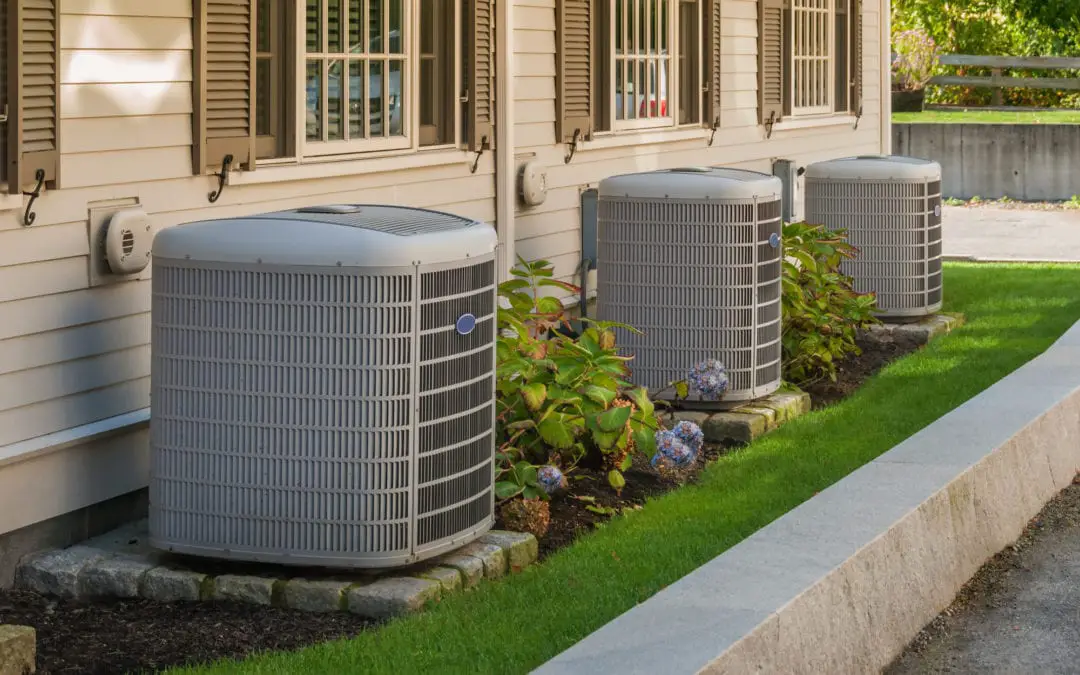
Two-Stage Air Conditioner Terminology and Common Concepts
You’ll be bombarded with unfamiliar terms and acronyms whenever you start to ask about HVAC. Knowing what these terms mean and how they affect performance and the system’s economy will help you make the correct decision. Knowing what questions to ask and what the answers mean is half the battle.
Two-Stage
The term two-stage refers to the compressor. The compressor has two different speeds. We cover this in more depth later.
Compressor
The compressor’s function is to pressurize and move the refrigerant around the system. Compressors consume more energy than any other components on the unit, making them the best part to look at to increase an AC’s efficiency.
EER
EER is the Energy Efficiency Rating. EER is a measure of the energy efficiency of an AC and is measured under controlled conditions. A higher rating means a more efficient AC. You’ll usually find EER ratings on geothermal heat pumps and window ACs.
SEER
Seasonal Energy Efficiency Rating is the average expected AC efficiency over a single cooling season. Unlike EER, it’s not measured under controlled conditions but is an average calculated over the season. SEER is typically found on air source heat pumps and ACs.
Cooling Capacity
Cooling capacity is the power of the AC. Smaller units use BTU as a measurement, and larger systems use tons. One ton of cooling capacity is equal to 12,000 BTU.
The cooling capacity needs to be matched to the cooling needs for the AC to run efficiently.
Dehumidification
The process of removal of excess moisture from the air. Although ACs are primarily designed to cool, the process helps with dehumidification. The humidity in a home should range between 30% and 65% for optimum comfort and health.
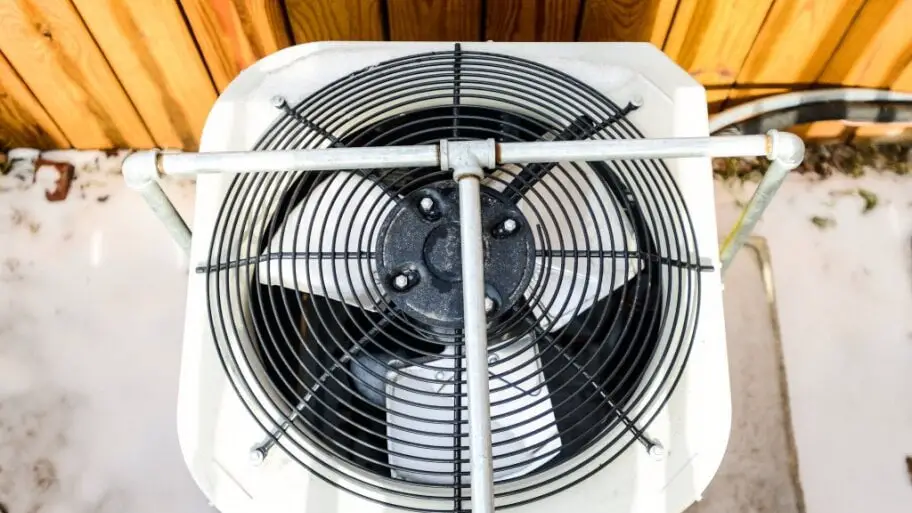
What is a Two-Stage Air Conditioner and How Does a Two-Stage Air Conditioner Work?
An AC works by compressing refrigerant and moving it through a condenser. The pressurized gas forces the refrigerant through the system to the expansion device and evaporator coil.
As the liquid refrigerant expands, it begins to boil, removing heat from the air. The effect is the same as opening the valve on a compressed gas cylinder. (The air cools or even freezes as the gas expands). The gas is returned to the compressor to start the cycle over.
The standard single-stage air conditioner can only run at total capacity. It’s either on or off. When the thermostat reaches the preset upper limit, it signals the compressor to start. The compressor runs at total capacity until the lower limit is reached and then shuts off. A two-stage air conditioner has a compressor with two settings.
The compressor can run at 100% capacity when there’s a high demand for cooling and at 60-70% of power when the demand decreases. The two-stage compressor starts on the lower setting and will kick over to the second stage if the load demands are high. As soon as the load lessens, the compressor switches back to the first stage setting.
The compressor’s controller determines the load requirements, controlling what stage the compressor is running in. A two-stage AC mostly runs at the slower speed setting.
A variable-speed compressor uses the same concept but with a much more comprehensive range of settings, allowing more refined control of the temperature and adding longer life to the system. The lower settings allowable on two-stage and variable speed compressors also mean that the AC runs a lot quieter for the cycle duration.
The more complex controls cost more to repair than a standard single-stage compressor. However, the compressor has a longer lifespan as it isn’t running permanently at total capacity. The compressor also draws less current at startup as it starts in the low-load stage before going to the second stage.
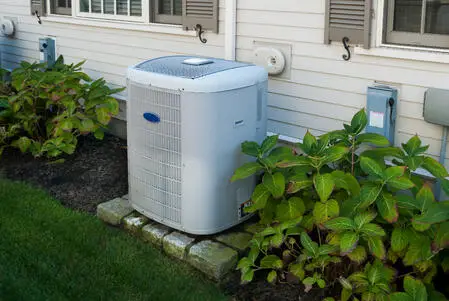
With the compressor running at a lower capacity, the cooling cycle is longer and more controlled. While the AC is running, it also acts as a dehumidifier.
The longer runtime allows the system to remove more moisture from the air, increasing the comfort level.
The slower and more controlled cooling also results in the home being more evenly and thoroughly cooled, with fewer cold and warm spots.
Pros of a Two-Stage Air Conditioner
A two-stage AC has some notable advantages. We’ll discuss each one in detail before moving on to the disadvantages.
More Efficient Dehumidification
Air conditioning aims to provide comfortable and healthy indoor air. Humidity plays a role in both aspects. Dehumidification is only a byproduct of the cooling process.
Increasing the time of a cooling cycle increases the time that moisture is being removed from the air. The result is a cold, comfortable atmosphere and reduced side effects of high humidity.
Cost Savings
A car uses less fuel when you run it slower, and so does an AC. Reducing the compressor’s capacity when 100% is unnecessary reduces the electricity usage and the operating cost of your AC.
Eliminates Cold and Warm Spots
The slower cooling process gives more even cooling to the indoor spaces. As the AC cools the air, it can displace warm air, resulting in a more constant indoor temperature. Even the corners furthest from the vents have a chance to be cooled.
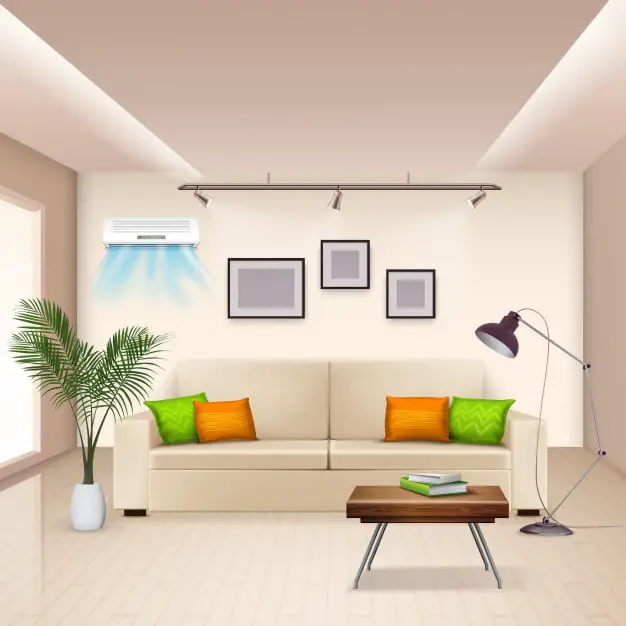
More Controlled Cooling
A single-stage AC is either running at 100% or off. To compensate for this, you need to have a higher range set on your thermostat or the compressor constantly stops and starts, using even more power.
The result of this is that the compressor stays off until the indoor temperature becomes almost too hot and runs until the temperature drops below comfortable levels. The two-stage AC allows tighter control of temperature spikes and also keeps the fans running more constantly.
Less Downtime and Increased Longevity
The last thing anybody wants on a hot summer’s day is for the AC to break down. The decreased load on the compressor means less maintenance and repairs. It also increases the lifespan of all the components on the system.
Cons of a Two-Stage Air Conditioner
Every type of technology has its disadvantages as well as its perks. We detail a few of the negatives below.
Increased Repair Costs
Although your system lasts longer and has less downtime, the repair cost is higher than a standard AC. The system is more complex than a single-stage system which means that the repair costs will also be higher. You also need to ensure that the technician knows how to work with a two-stage air conditioner. The troubleshooting process differs slightly from standard units.
Higher Purchase Price
A sound two-stage system is going to set you back substantially more than a standard AC. The more complex system has a higher manufacturing cost which is passed on to the buyer. The initial outlay is usually $1,000 to $2,000 more than a single-stage AC. You need to balance the initial cost with the long-term savings.
Thermostat Compatibility
The thermostat needs to be compatible with a multi-stage system. If your old thermostat isn’t compatible with the new AC, you’ll have to replace it, adding an extra cost burden. The new thermostat also needs to be wired correctly.
Alternatives to a Two-Stage Air Conditioner
There are two alternatives to a two-stage AC. You can opt for a single-stage or a variable speed AC. Each of these systems also has its advantages and disadvantages.
Single-Stage vs Two-Stage Air Conditioner
A single-stage or standard AC is either on or off. These systems have several advantages and disadvantages when compared with a two-stage AC.
- The standard AC has a significantly lower initial cost.
- A single-stage AC is cheaper to repair.
- Single-stage ACs have a less complex system and can be paired with a broader range of thermostats.
- Two-stage ACs have a longer lifespan than a standard AC.
- The dehumidification of the air is improved with a two-stage AC compared to the single-stage variants.
- A two-stage AC is more efficient and economical to run.
- You have better control over the indoor temperature with a two-stage AC.
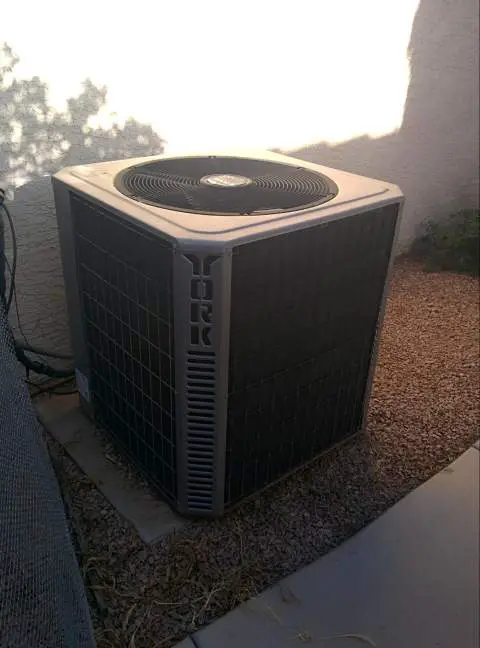
Variable Speed Air Conditioner vs Two-Stage
A variable speed AC automatically adjusts the speed to compensate for the cooling load required.

- A variable speed AC gives the best dehumidification.
- The efficiency and economy on variable speed ACs are better than a two-stage AC.
- Variable speed ACs have the most extended lifespan.
- You can control the indoor temperature to within ½ °F on some units.
- The variable speed AC’s repairs cost more than single- or two-stage systems.
- The initial cost of a variable speed AC is higher than either of the other systems.
Common Two-Stage Air Conditioner Issues
There have been a few common problems noted when it comes to two-stage ACs that you should be aware of. We’ll discuss these and possible solutions below.
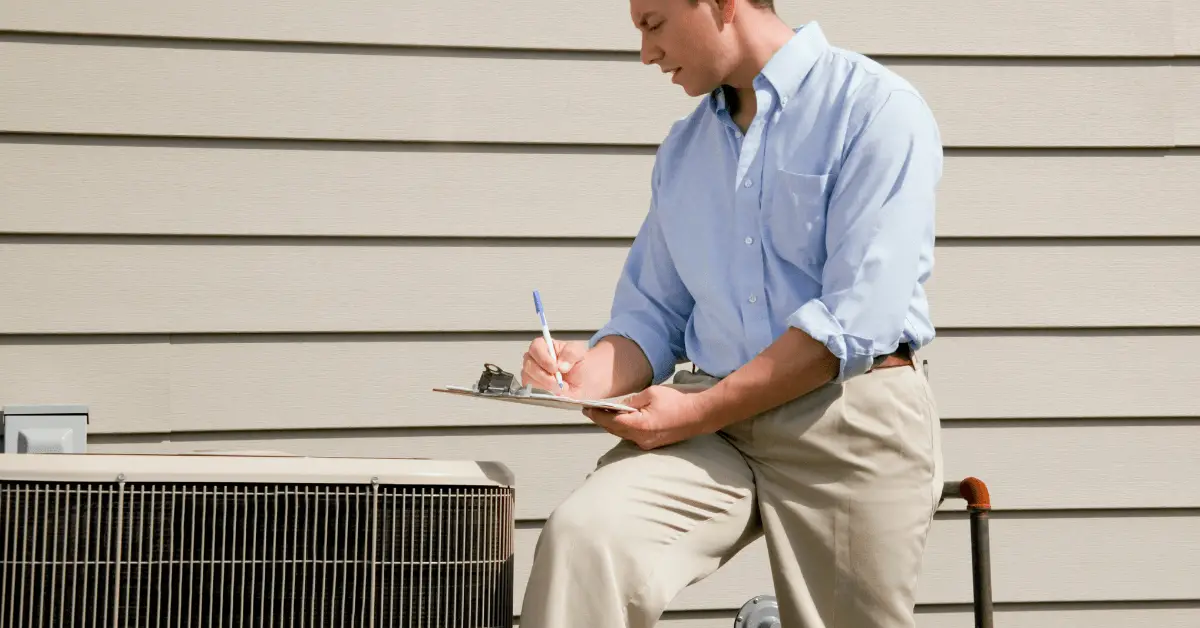
Two-Stage ACs Sometimes Perform Below the Advertised SEER
SEER is an average efficiency rating over the cooling season. It’s been noted that two-stage ACs don’t always give the rated efficiency. The problem is most prevalent in leaky or poorly insulated homes where the advantage of having a second stage is lost.
To prevent this, ensure that leaks have been sealed and that your home is well insulated and attic spaces adequately vented.
Higher Parts and Labor Costs
A two-stage AC is a more advanced and complex system than a single-stage AC. As a result, the repair costs and price of spare parts are also higher. You can’t do much about this. Luckily two-stage ACs have better reliability and don’t need repairs as often as a standard AC.
Extra Layer of Troubleshooting
Two-stage ACs have an extra layer of troubleshooting. The wiring between the compressor is more complex, and you have the possibility of a failure of one of the stages. A technician unfamiliar with two-stage systems may misdiagnose a fault. Always use suitably qualified and trained technicians to avoid problems.
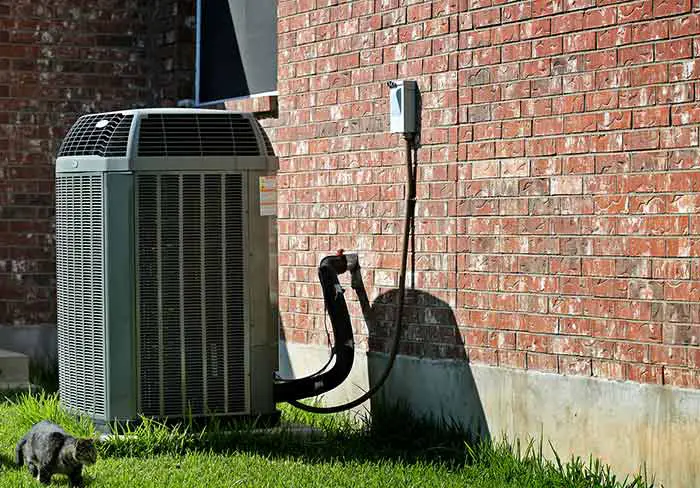
Conclusion
A two-stage AC is a perfect compromise between the lower initial price of a traditional AC and a variable speed AC’s higher efficiency. A homeowner looking for long-term savings at a lower cost than the more efficient variable speed units may find the solution with a two-speed AC.
People Also Ask
We’ve used this section to answer some of the questions that people most commonly ask about two-stage air conditioners. Perhaps these answers will be able to help you decide whether a two-stage air conditioner is worth it or not.
The compressor is the part of the AC that uses the most energy. A two-stage compressor lowers this energy usage in two ways. A two-stage compressor runs at its lower capacity 80% of the time, saving you electricity.
The compressor also uses more electricity on startup. By utilizing longer cycles, the two-stage compressor eliminates unnecessary starts and stops.
A two-stage AC doesn’t run all the time, but it does have longer cooling cycles than a single-stage AC. The lower capacity running means that it uses less electricity, even though it runs for a longer time.
Two-stage air conditioners are more energy-efficient than single-stage ACs but less efficient than variable speed air conditioners. If you’re upgrading from a standard AC, you’ll notice the difference in your utility bill.
